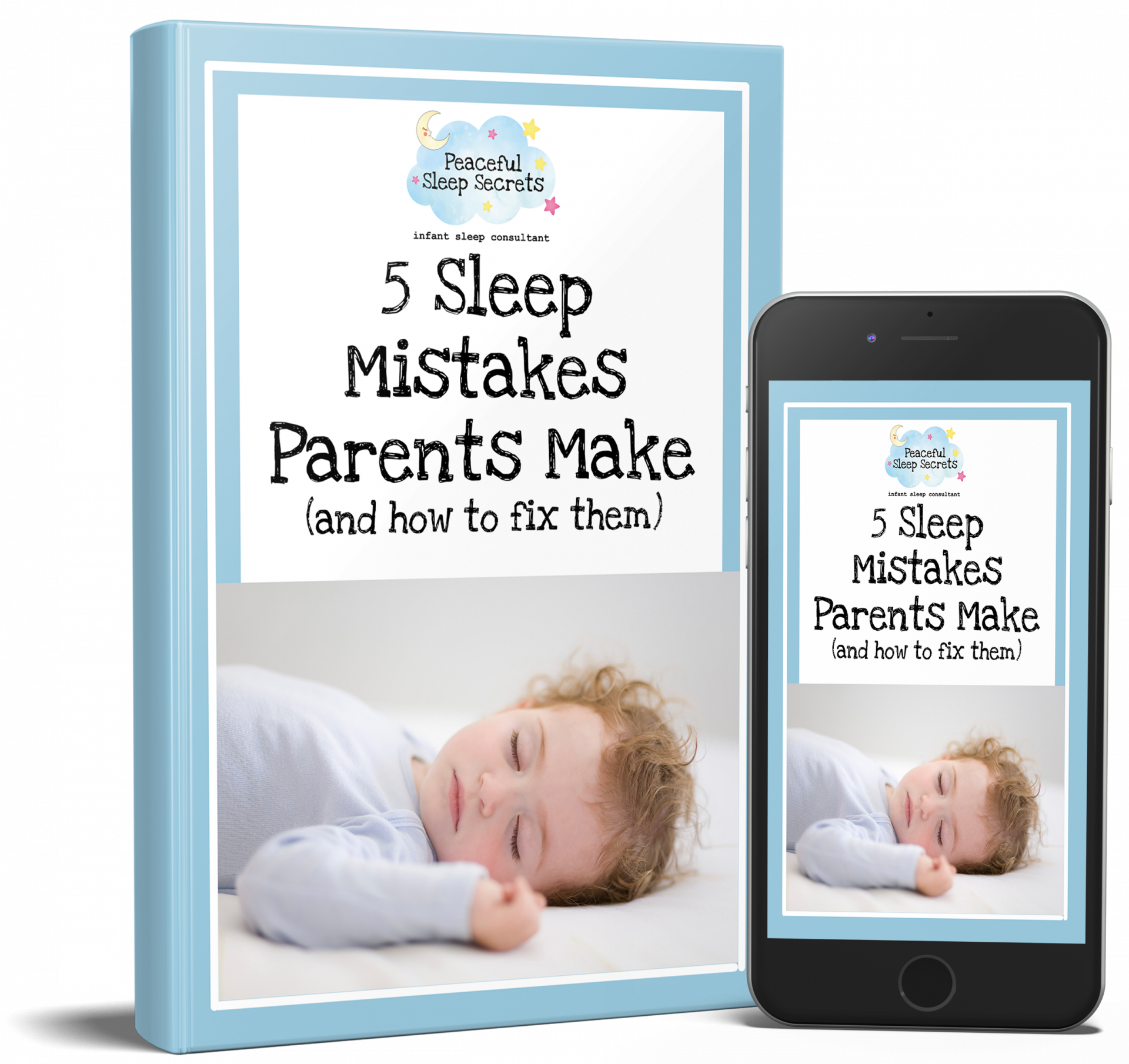Sleep Pressure:
Is it causing your baby's sleep issues?

There’s so much talk about sleep pressure when it comes to baby sleep, but what is it, why is it so important and how can it cause havoc with your child’s sleep?
Sleep pressure builds up during your child’s awake time. When your child has the right amount of sleep pressure, they will fall asleep peacefully and will sleep well.
It’s quite an abstract concept, so it can help to think of sleep pressure as a cup.
Your child’s sleep pressure cup needs to be full to just the right level for naps and night sleep to be successful.
When your child first wakes up in the morning, their cup will be empty. There will be little to no sleep pressure present because they’ve just had a long stretch of sleep (hopefully!) Throughout the time they spend awake, their cup will gradually start to fill up.
This is where it is a good idea to keep an eye on age-appropriate windows and be on the lookout for early sleepy cues (gaze aversion being the earliest cue).
Your child’s cup needs to be full to the perfect amount in order for them to have a successful nap. If their cup becomes too full it will overflow and they will become over tired. If their cup is not full enough, they’ll be under tired.
Being over or under tired can result in fighting sleep, short naps, increased night waking, false starts and split nights. Over tiredness in particular can mean your child is fussier and more upset before sleep too.
The sole purpose of naps is to reduce your child’s sleep pressure cup throughout the day so that they don’t overflow and have a meltdown at bedtime – this is why the whole ‘keep your baby awake longer to make them sleep better’ advice just doesn’t work. They’ll actually end up being more unsettled and nights will be more challenging. It will not help to consolidate sleep.
As your child takes their nap, some sleep pressure will drain out of their cup which is where the length of naps will have an impact.
After a short nap, your child’s cup will only drain a little bit, meaning they won’t need so much awake time before it gets full again and they need another sleep to drain some more. After a long nap, their cup will likely be completely empty and they’ll need a longer wake window to build up the sleep pressure before taking another nap (or before bedtime).
Another thing that can cause sleep pressure issues is getting your child ‘drowsy’. If they get very drowsy or fall asleep for a few seconds whilst feeding for instance, it can remove some sleep pressure and alter the balance of their cup. It can also make it difficult for them to get back to sleep and wake windows need to be adjusted (even if they only fell asleep for a couple of minutes!)
This is also the reason why I find that putting a child down ‘drowsy but awake’ doesn’t usually work. They will often wake up fully upon transfer, but because a tiny bit of sleep pressure has been removed, they are not only angry about it, but also they’ll find it harder to get into that drowsy state again – it can leave you being stuck in a vicious cycle because timing ends up being ‘off’ and your baby ends up overtired.
If you are reading this and wondering how you can determine when your baby’s cup is perfectly full...
I recommend keeping age-appropriate wake windows in mind, but remember that these are just a guide, every baby will be slightly different. If you aren’t sure what these look like for your baby then you’ll find a Sleep Needs Chart at the back of my FREE eBook which you can download now by clicking here.
It’s a good idea to use these in conjunction with sleepy cues. The chart below shows the early cues that you should be looking for – if you see the later cues, you know that your child’s cup is going to start overflowing pretty soon and they need to get to sleep asap!

Generally speaking, most babies cups will fill faster in the morning than the afternoon so you may find your child’s wake windows get slightly longer between naps, with the longest being prior to bedtime.
I hope you have found this blog post useful.
Further support options:
- For self-settling courses, click here
- For night weaning, early rising and newborn support, click here
-
For 1:1 support click here and book in for a free Discovery Call
I’ll look forward to speaking to you soon.

Download my FREE guide now, apply the simple strategies and watch your child’s sleep improve instantly!

